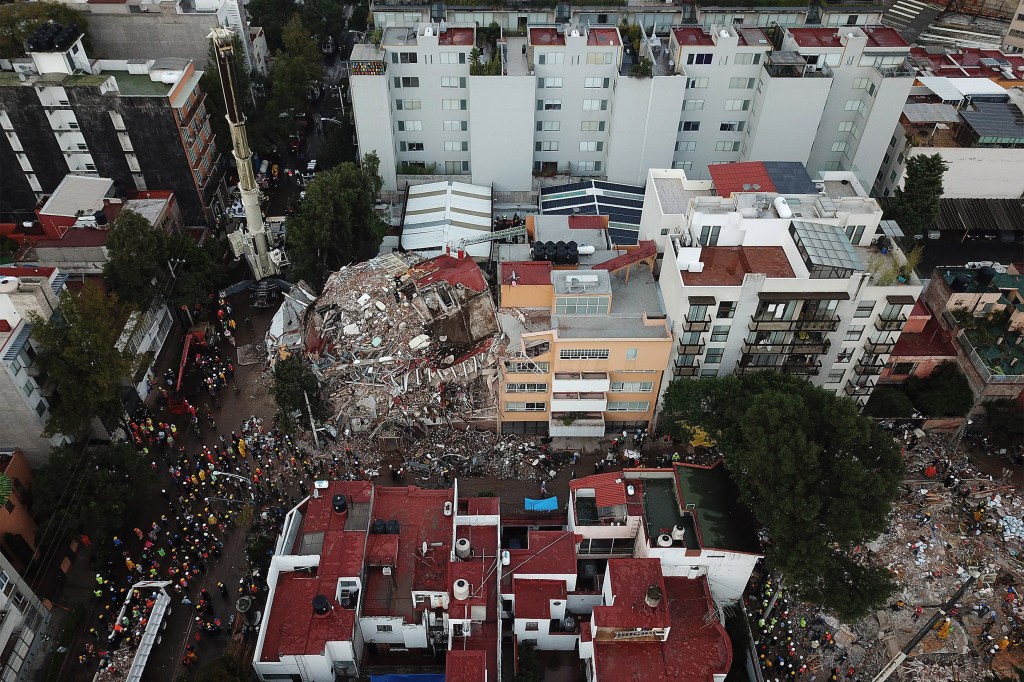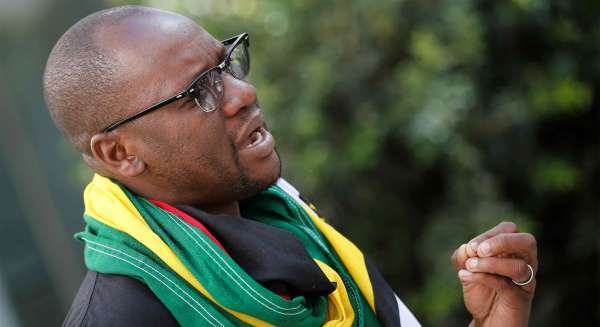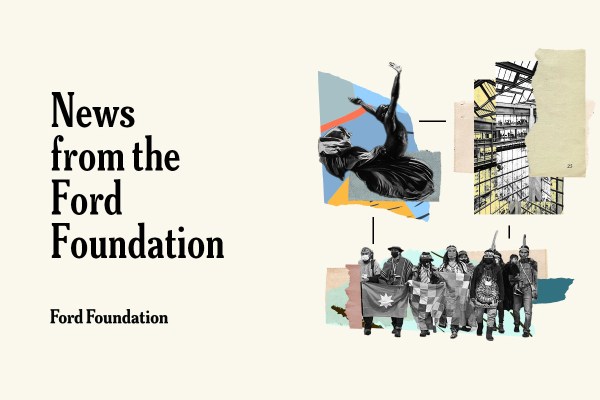
The 7.1 magnitude earthquake that hit central Mexico on September 19, now referred in the country as the 19s, has shaken awake many parts of the country—including civil society. Only a few hours after the natural disaster struck, amid the panic, uncertainty, and fear, a citizen-led initiative got to work organizing and corroborating information to help strengthen the humanitarian response.
“It all started with a WhatsApp group chat between friends looking for ways to help those affected by the quake,” according to Sandra Patargo, who was involved in the effort from the very beginning. Patargo works in the Protection and Defense Program with the organization Article 19 for Mexico and Central America, which is dedicated to defending and protecting the rights to freedom of expression and access to information. “We were not only astonished by the disaster but also by the lack of accurate information available,” she said. In the aftermath of the earthquake, Mexico City was flooded with eager volunteers, but the rapid spread of unverified information and rumors aggravated an already chaotic atmosphere and made it difficult for aid to be properly and responsibly distributed. In some affected areas, there was an overwhelming number of volunteers; in other areas, there were hardly any.
Promoting verified, accurate information
So the members of the chat group—who, in addition to being committed citizens, were also activists, journalists, and programmers—decided to step forward. All of them were based in different areas of Mexico City, including some of the most affected neighborhoods. They began to organize online, some of them from their homes, while others managed to gather together in safe places. Some of them focused on creating a digital map that showed affected areas, buildings at risk of collapse, shelters, and relief collection centers. Others worked to fill a database with detailed information on the needs and risks at each location, gathering information from social media. This led to the creation of the hashtag #Verificado19s, a reference to verified information related to the September 19 earthquake. The hashtag immediately took off across social media, generating a large amount of data for the group to build on. As a result, the group put out a call for more tech-savvy volunteers who could assemble a tool to concentrate, organize, and share accurate information.
In response to this call, Horizontal—a cultural and educational organization supported by Ford that focuses on journalism, Internet, and media policy—lent its office space to a group of committed techies who went on to develop the Verificado19s online platform. The website gathered information provided by people volunteering in affected areas, as well as by those who submitted information through the website and its companion Twitter account. Information was relayed through the website only if the person reporting it had personally witnessed it or if two witnesses could corroborate it. Online users filled out a form on the website; their information was then reviewed by a fact-checking team, which verified it with another set of volunteers present at the affected areas. Their primary concern was accuracy: No information was relayed unless volunteers based in these areas had confirmed it.
Reporting focused on two types of areas: collapsed or damaged buildings, and relief collection centers or shelters. Information about collapsed and damaged areas included the specific type of building usage, infrastructure, and damage incurred. Reports on relief collection centers and shelters included the name, contact details, working hours, and operating dates. For both categories, contributors needed to include the exact location, along with such details as the name of and contact details for any sources; requested aid, such as medicines, food, sanitation supplies, or tools; requested or available volunteers and other supports, for example, rescuers, translators, and doctors. These reports were then shared, in visually striking ways, through the website and social media, as well as on the online map. Antonio Martínez from Horizontal called it “a socially engineered citizen logistics machinery.”
Disaster relief and inequality
Verificado19s continued to be used by thousands of people eager to help in the earthquake’s aftermath. The platform became the most up-to-date source of information about post-earthquake conditions in Mexico, with 36,000 followers on Twitter. Its creators are hoping to find scholars and researchers interested in documenting their methodology, so it can be used in other disaster response efforts. Now that rescue missions have concluded in Mexico City, Verificado19s is trying to shed more light on the needs of affected areas in the states of Puebla, Morelos, Oaxaca, and Chiapas. While these areas have been supported by Verificado19s since its inception, they have received much less media attention—and less disaster relief.
As seen in other disasters around the world, it is in times of crisis that deep-rooted issues rise to the surface. The 19s earthquake has brought Mexico’s long-standing inequalities to light and highlighted the state’s ineffectiveness in responding to the needs of its own citizens, particularly those who are marginalized and vulnerable. As Sandra Patargo explained, “We knew it wasn’t our responsibility to keep citizens informed about the earthquake, but we had to fill in a gap left by a slow-responding government.” Now, as the response advances, Verificado19s is focused not only on figuring out the best way to contribute to immediate reconstruction efforts but also on improving future disaster relief services—including the day-to-day conditions and circumstances that complicate it. With questions put forward in a public statement, the group seeks to engage the government about solutions, open an ongoing dialogue, and insist on transparency in the use of public reconstruction funds.
From the beginning, having a network of trusted partners, friends, and organizations with a proven track record of protecting human rights and promoting social justice was key to the success of this initiative. This network, combined with the innovative use of technology, became a means for fighting misinformation that might otherwise have delayed or undermined urgent rescue efforts. The Verificado19s platform was possible thanks to support from many organizations, including some of our grantees: Article 19, Centro de Derechos Humanos Miguel Agustín Pro Juárez, Cencos, Horizontal, Oxfam, R3D, Serapaz, and Social Tic.
We are humbled by the tireless efforts of these organizations and by the many citizens and volunteers who gave their time, labor, and resources in the face of this crisis. We also admire the insistence of the creators of Verificado19s that the platform they built doesn’t belong to anyone in particular—everyone is encouraged to use it and improve it. It is precisely this kind of commitment, creativity, and collective action that will be key to the long and complex reconstruction process yet to come.


